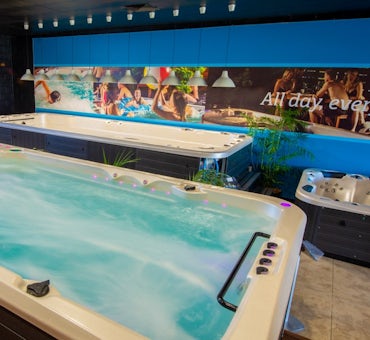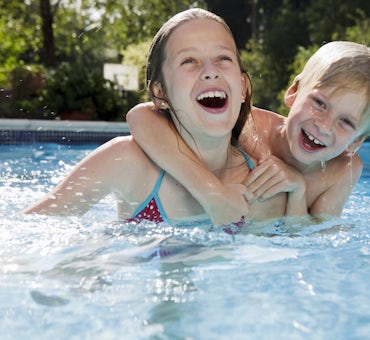Registering your spa not only guarantees your spa is legally compliant, it also helps maintain its longevity and safety for you and your family.
We’ve explained below how to register you spa, along with some helpful information about spa pool rules and regulations across Australia.







